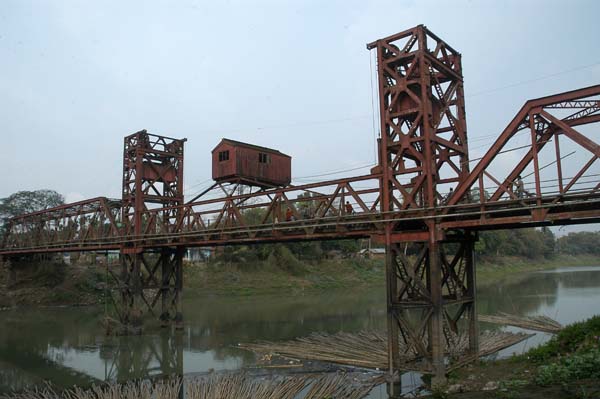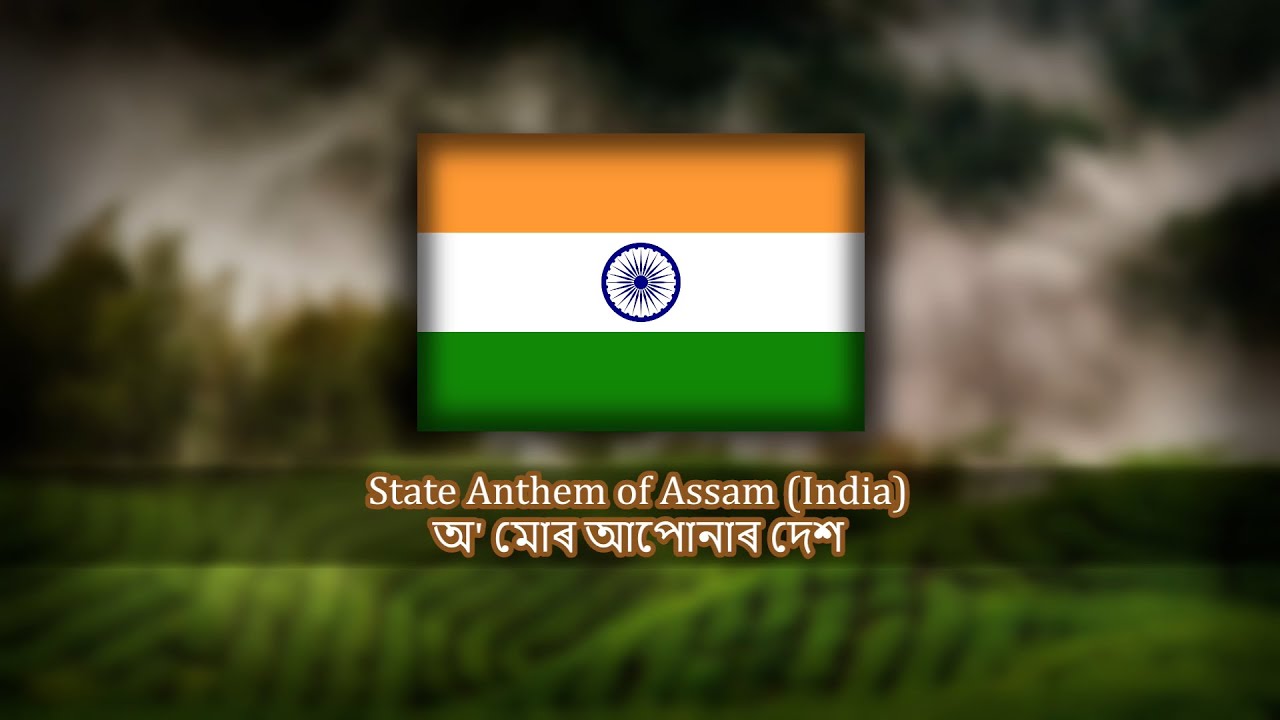In the heart of the Pilbara region of Western Australia, scientists have uncovered the oldest known meteorite impact crater on Earth. Dating back over 3.5 billion years, this ancient scar on our planet’s surface predates all previously discovered craters by more than a billion years. The revelation sheds light on the early formation of Earth’s continents and provides valuable insights into the geological processes that shaped our world.
The Significance of Meteorite Impact
This newfound crater serves as a crucial piece of Earth’s geological puzzle. Scientists believe that meteorite impacts played a fundamental role in the emergence of early continents. The extreme age of the crater suggests that it may have influenced Earth’s chemical and biological evolution, supporting the theory that external forces—rather than just internal geological activity—were key to continental formation.
The Birth of Earth’s First Continents
Geologists have long debated how Earth’s oldest rocks, which exceed three billion years in age, came into existence. Found in the ancient cores of today’s continents, these rocks have two primary origin theories: one proposes they formed from rising mantle plumes, while the other attributes their creation to plate tectonic movements. Both perspectives emphasize how the loss of heat from Earth’s interior played a crucial role in shaping the planet’s surface.
How Scientists Made the Discovery
The discovery resulted from extensive research and fieldwork that began in May 2021. Scientists focused their efforts on the Antarctic Creek Member, a distinctive rock layer in the Pilbara. Their goal was to identify shatter cones—structures uniquely formed by meteorite impacts. After carefully analyzing rock formations, they confirmed the presence of these shock-induced patterns. By May 2024, further research confirmed that the crater’s age aligns with the Antarctic Creek Member, solidifying its link to early continental history.
Unmistakable Evidence of an Impact
The widespread presence of shatter cones throughout the Antarctic Creek Member strongly supports the meteorite impact theory. These formations can only be created by the immense shockwaves generated during a collision with Earth. Extensive laboratory testing verified that the impact event occurred at the same time as the surrounding rock layer, reinforcing the connection between the crater and the birth of continental crust.
What’s Next for Earth’s Geological History?
This discovery challenges existing ideas about how Earth’s landmasses formed and raises new questions about the role of meteorite impacts in creating conditions necessary for life. If a crater this old exists, could there be more hidden beneath the ancient cores of other continents? Future research could unlock even more secrets about Earth’s early history—and perhaps even help scientists understand the potential for life on other planets with similar geological conditions.












